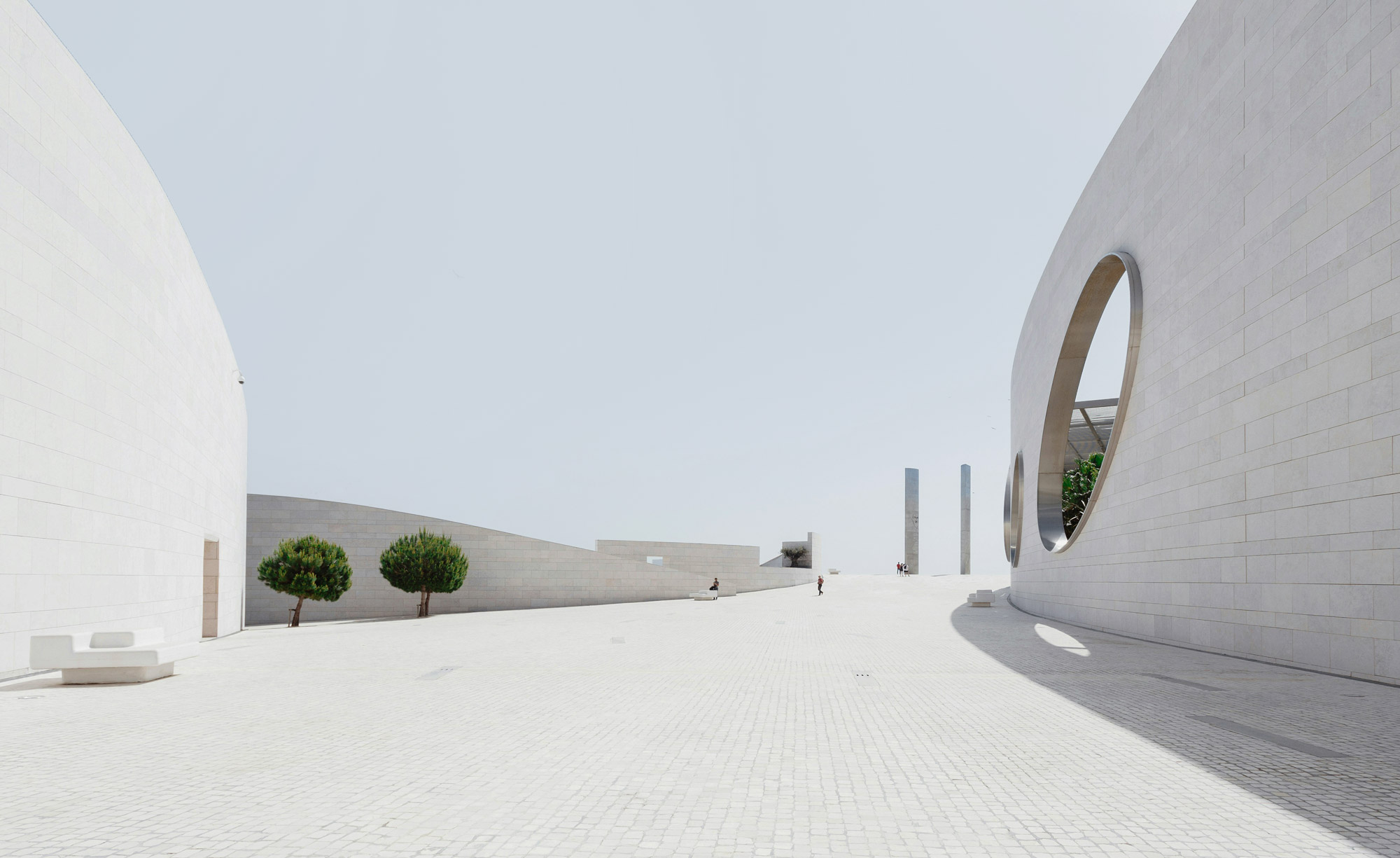The Champalimaud Centre for the Unknown in Lisbon is a remarkable example of contemporary architecture and was designed by the Indian architect Charles Correa. The state-of-the-art research center is named after António Champalimaud, a Portuguese banker and industrialist. Champalimaud dedicated a large part of his fortune posthumously to cancer research. The foundation stone for this impressive building was laid on October 5, 2008.
The building consists of two large structures covering an area of 60,000 square meters. These include laboratories for neuroscience and oncology, an outpatient care center, an auditorium, conference rooms, teaching facilities and an exhibition area. A delicate, 21-meter-long bridge made of steel and glass connects the two buildings, creating a flowing connection between the individual parts of the building. A special highlight of the center is the tropical garden, which is covered by a pergola and forms the heart of the building.
Architecture as sculpture. Architecture as beauty. Architecture as therapy.
Charles Correa

The architecture of the Center is characterized by its sculptural, minimalist forms. Elegant curves and flowing surfaces characterize the center’s appearance and give it a unique aesthetic. Correa himself emphasized the importance of beauty in architecture and saw it as a form of therapy. He believes that architecture should reflect the true essence and culture of the place where it stands, while always serving the functional use of the building.
The Champalimaud Centre for the Unknown combines contemporary architecture with functionality, while preserving the memory of the site where the great Portuguese explorers once set out into the unknown to discover the world. The building thus represents a perfect symbiosis of aesthetics and function, and sets an example of the importance of research and innovation. It is an impressive reminder of how essential architecture and beauty can be for well-being and healing.
Further Reading
- Video about the architecture of the Champalimaud Centre for the Unknown: https://www.youtube.com/watch?v=mVdcNRNPQa4
- https://charlescorreafoundation.org/2022/03/12/champalimaud-centre/

